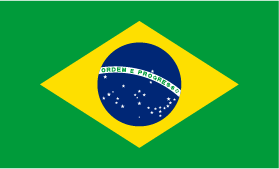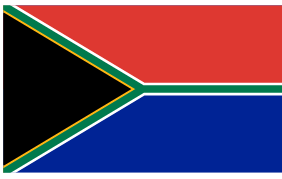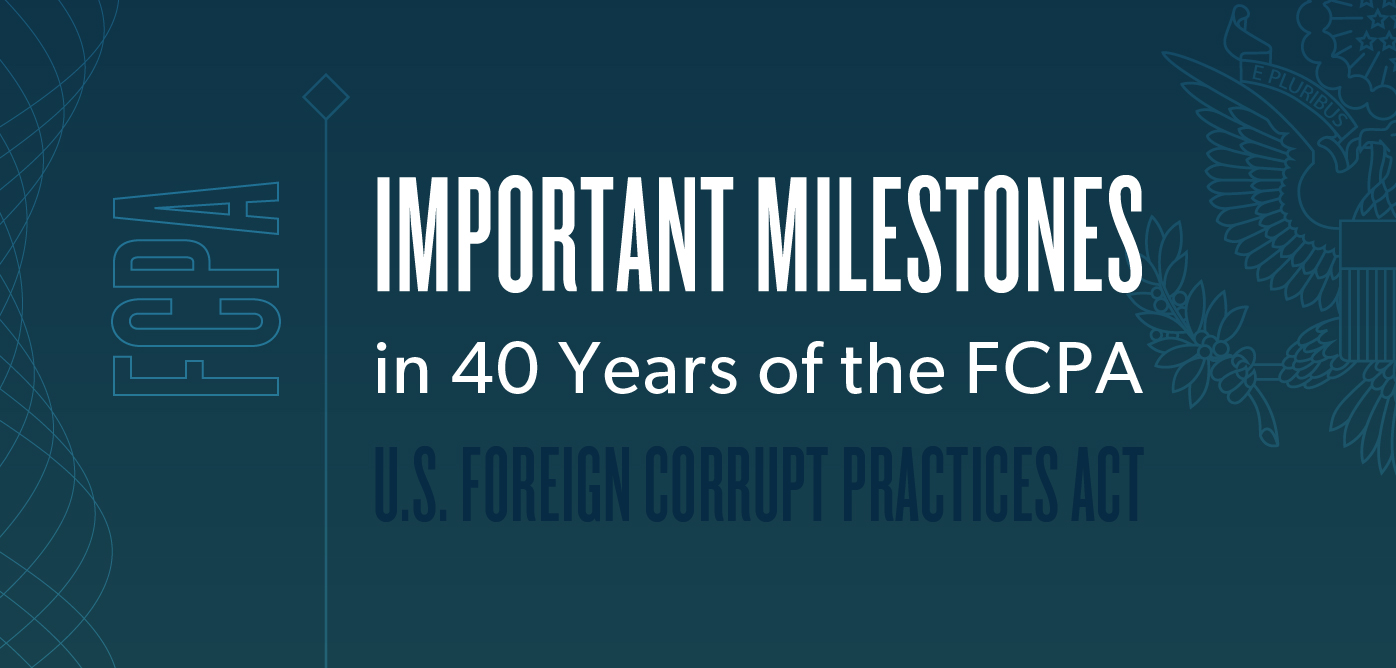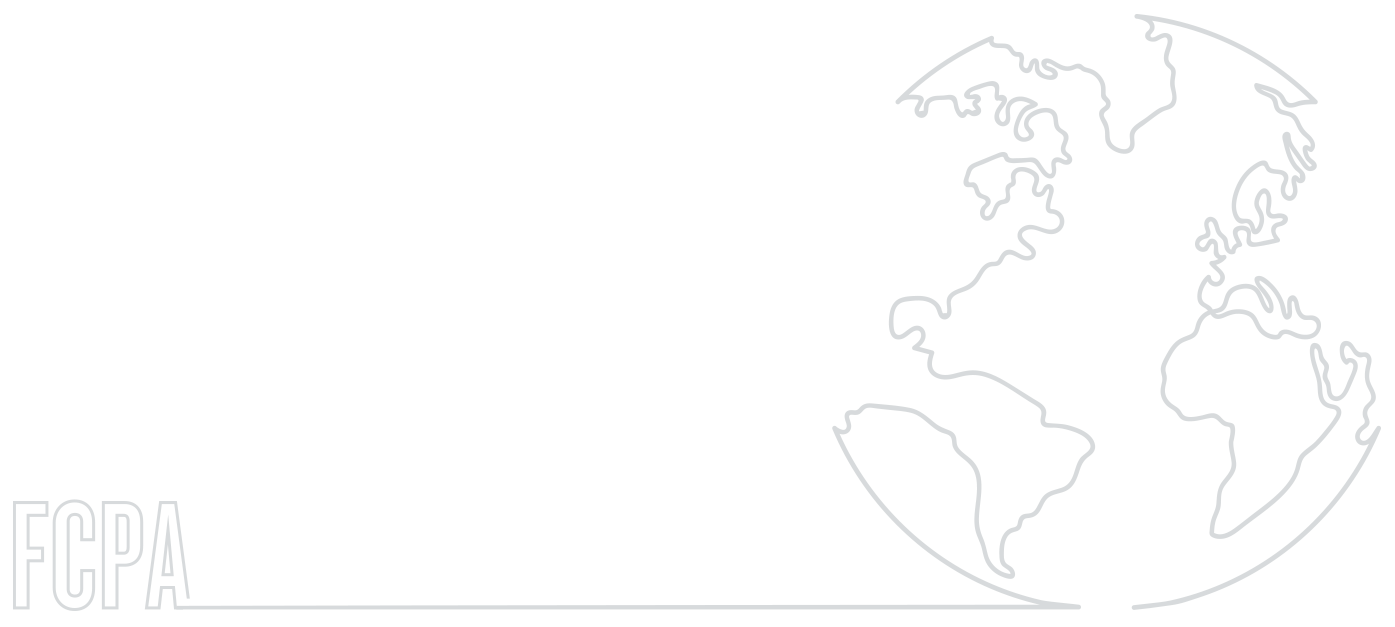The Spirit of the Law
Since its enactment 40 years ago on December 19th, the U.S. Foreign Corrupt Practices Act (“FCPA”) has evolved in scope beyond its original intention, while its ultimate objective has remained essentially the same. Legislators initially intended the FCPA as encouragement for American corporations to self-enforce and voluntarily comply with the full spirit of the law. However, the legislature never intended the pursuit of enforcement actions as a means of ensuring FCPA compliance. Over the course of the four decades since its enactment, the scope of the FCPA has broadened to include foreign issuers. At the same time, FCPA enforcement actions have risen dramatically. In 2016, the DOJ and SEC brought 27 separate corporate enforcement actions to secure compliance.
The message delivered along with the penalty was loud and clear: Compliance with FCPA guidelines is not optional.
Just this year, one of the largest penalties for having run afoul of the FCPA to date was levied against Telia, a Swedish Telecommunications firm. The message delivered along with the penalty was loud and clear: Compliance with FCPA guidelines is not optional. Moreover, the continuing use of Deferred Prosecution Agreements (“DPAs”) and government-appointed compliance monitors suggests that regulatory agencies intend to continue to strengthen compliance and anti-corruption programs on an ongoing basis.
Will FCPA’s Reach Expand?
Based on the number of enforcement actions brought by U.S. regulators over the past two years, we can expect to see the current trend toward FCPA compliance enforcement to continue.
To that end, we will likely see deeper coordination between the DOJ and foreign jurisdictions and an increase in the number of global enforcement actions. Countries such as Argentina, which have adopted new anti-corruption laws mirroring both the content and intent of the FCPA, will have a distinct advantage in avoiding any violations. Given the large number of DPAs that have been entered into in the later part of this decade, we may also see more enforcement actions arising from breaches to their terms. However, if companies continue to adhere to mitigating factors set forth in the FCPA Pilot Program by the DOJ, which provide credit for cooperation, it could aide them in avoiding an appointed monitor if remedial measures are deemed satisfactory by regulators (ex: Telia).
Also likely, is an increase in the role of the SEC and its books and records provision enforcement in response to corruption. “Real time” cooperation among jurisdictions will also boost the use of technologies, such as robotics and big data while, at the same time, provide solutions for automating investigations conducted by government agencies.
FCPA Timeline
Beyond The U.S.
Other countries, including the U.K. and France, have enacted anti-corruption laws similar to the FCPA within the past decade. The U.K.’s Bribery Act took effect in 2010; France more recently passed Sapin II in December 2016, and the law officially took effect in March 2017.
The Bribery Act was introduced to tighten U.K. anti-corruption laws, and address more thoroughly the requirements of the 1997 OECD Anti-Bribery Convention. Similar to the FCPA, the Bribery Act applies to any company with business dealings in the U.K. The Bribery Act expands upon the FCPA by applying to dealings with private businesses and non-governmental entities in addition to foreign government officials. Additionally, the law creates a strict liability offense for companies that fail to prevent bribery with even more severe criminal penalties than the FCPA.
While France has been criticized in the past for being slow to implement anti-corruption measures, Sapin II contains many provisions that are similar to those of the FCPA. The same is true of provisions codified by the U.K. Bribery Act.
Specific regions that have been identified as more likely to give rise to corporate corruption will likely be subject to more intense scrutiny. This means that multinational companies will need to be more vigilant in their day-to-day operations.
Companies operating in Asia, Latin America and Russia, as well as former Soviet republics, will need to be particularly rigorous about measuring the effectiveness of their compliance programs. Though some countries, such as Mexico, have recently embraced technology as a way to combat corruption, and are beginning to implement protocols to stem bad behavior, many others have failed to heed any call to action. In Cuba, for example, which is often thought of as a hotbed of questionable conduct, companies will need to pay particularly attention to the way they operate, as regulations regarding foreign investment and business involvement are particularly stringent and tend to change with the political tide. American companies operating in Brazil should heed the same warning, as recent FCPA actions, such as against Odebrecht and Braskem, have centered on corrupt activities in the region.
China has historically presented more than its fair share of corrupt behavior with many recent FCPA actions focusing on corrupt activities in Asia, including actions against General Cable Corporation, GlaxoSmithKline, Nu Skin Enterprises, AstraZeneca, Novartis and Bristol-Myers Squibb.
Analyzing the Current Landscape
In light of the significant increase in the number of FCPA corporate enforcement actions, the DOJ and the SEC will most likely continue to ride the momentum into 2018. Furthermore, multinational corporations operate on a global scale and will continue to rely on the compliance of third-party entities in high-risk areas, ensuring the future of regulatory intervention.
Beyond the financial risk associated with non-compliance, the risk to a company’s reputation can also act as a significant deterrent. In fact, publicly traded companies recognized in Ethisphere’s 2017 World’s Most Ethical Companies outperformed the S&P 500 by 9.6% in the past four years, underscoring the nexus between ethics and performance.
Managing Anti-Corruption Risks
Transaction monitoring has emerged as an important development in anti-corruption enforcement. The use of compliance analytics to proactively and reactively identify suspicious corporate behavior and/or payments requires input from key stakeholders across the corporation, including risks and controls and compliance analytics experts. Protocols for conducting additional investigations when a transaction is flagged are still subject to producing thousands of “false positives,” which are typically uninvestigated leads that are scrutinized only in the event of corruption allegations.
The involvement of third parties in remote global geographies are deemed the biggest risk in potentially running afoul of anti-corruption and anti-bribery laws. Regulators have repeatedly stated that companies are expected to perform adequate due diligence before transacting business. Inevitably, there are cases in which, despite efforts to evaluate third parties during the selection process, FCPA issues will nevertheless arise. In February 2017, the DOJ’s Fraud Section of the Criminal Division issued guidelines in the “Evaluation of Corporate Compliance Programs” to provide a barometer in assessing third-party compliance.
Conclusion
As we commemorate the 40th anniversary of the FCPA, it is clear the Act is more relevant than ever before. Enforcement actions designed to strengthen compliance and anti-corruption programs are at an all-time high and show no signs of decline. The promotion of an effective ethics and compliance-focused business culture is one of the significant effects of the FCPA and it will continue to reshape not only corporate America, but also businesses around the world.







